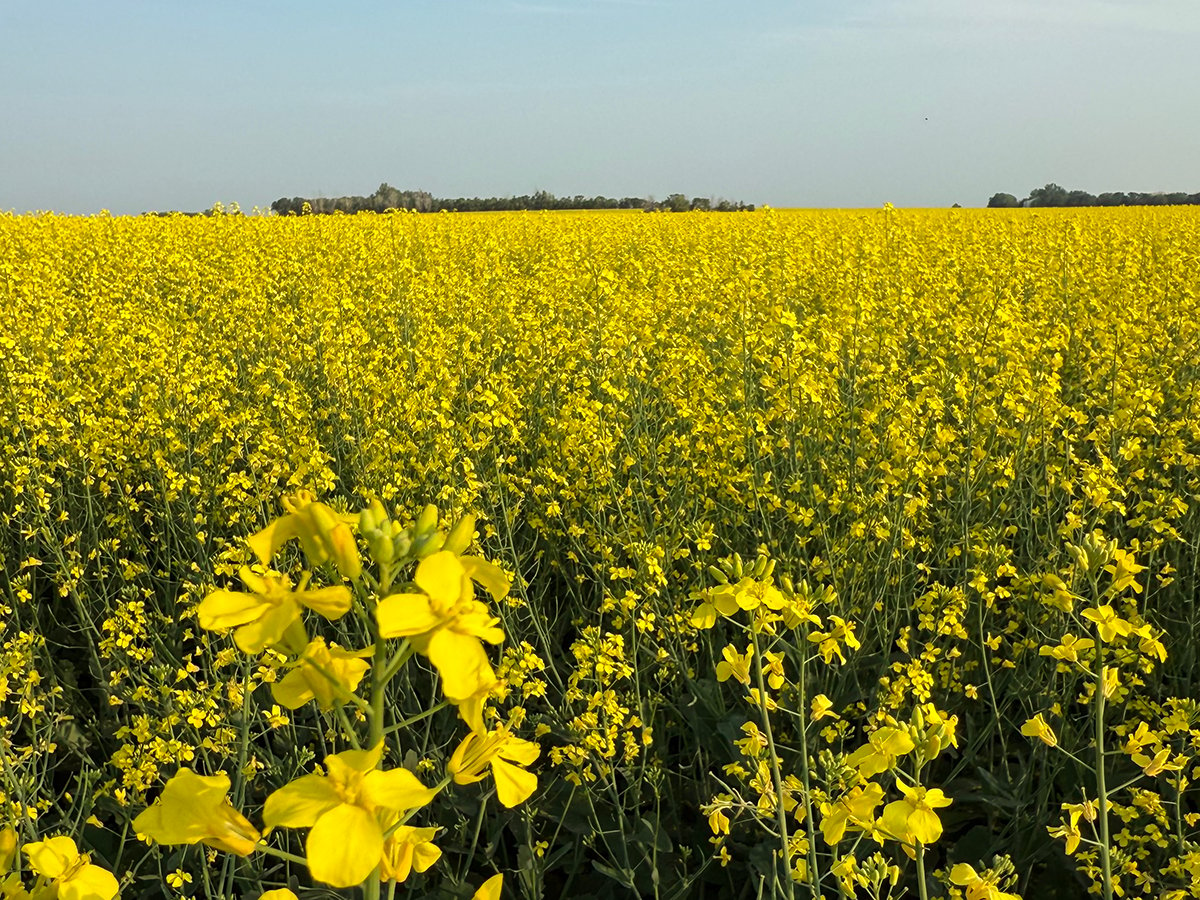MOOSE JAW, Sask. – Twice a month, volunteers meet at a Moose Jaw church to pack as many as 150 containers with fresh vegetables and fruit.
The goal of Hunger in Moose Jaw’s good food box program is to make nutritious food available to everyone at a reasonable price.
Programs like this also aim to support local farmers, but that doesn’t mean all the produce in the boxes is locally grown.
The Moose Jaw program, for example, relies on wholesaler ICD.
Read Also

Canola support gets mixed response
A series of canola industry support measures announced by the federal government are being met with mixed reviews.
In Saskatoon, the Child Hunger and Education Program uses the Grocery People, and in Tisdale, the program that supplies 14 communities and First Nations buys from Sysco.
Cameron McRae of CHEP in Saskatoon said local potatoes, onions and carrots are generally available year round, but other local food must be offered only in season because the organization doesn’t have storage facilities. It fills 500 boxes twice a month.
Local food can also be more expensive, but by contracting with wholesalers, good food box programs can set prices lower than what shoppers would pay in a grocery store.
For example, CHEP offers a regular fruit and vegetable box for $17 that contains eight types of vegetables, three fruits and a grain.
A smaller box costs $12 and a mini box costs $8.
An organic box was discontinued because “the costs were ridiculous and the food miles were ridiculous,” McRae told a workshop at the recent Food Secure Saskatchewan conference.
However, an in-season Sunshine Box that contains a dozen locally grown items for $30 has proved popular.
“Producer involvement has been really awesome,” McRae said.
A partnership with the Milden Hutterite Colony sees most of the vegetables delivered clean and packaged. CHEP has also found a new supplier of local
apples.
Kass Demkey, co-ordinator of the good food box program in Moose Jaw, said she uses local food as much as possible.
The Moose Jaw program has had less success securing local suppliers, but Demkey said it is meeting its goal of promoting healthier eating.
The number of participants is going up, she added.
“It’s open to everyone in the community, but we are aiming at those with limited incomes.”
Cheryl Gudmundson, who co-ordinates the program in Tisdale, said the food boxes help diabetics and pregnant women, particularly First Nations.
The Red Earth First Nation is a 90-minute drive from Tisdale, but it sends someone to pick up boxes, she added.
This program receives local food from a Hutterite colony.















